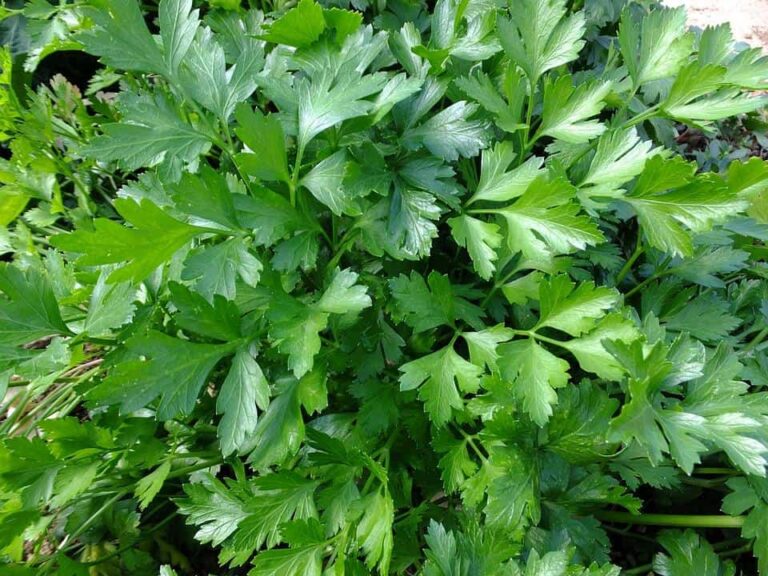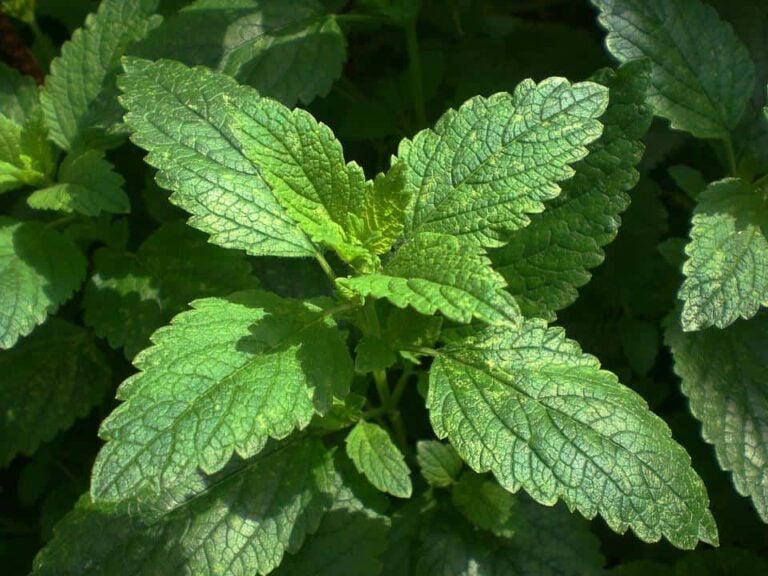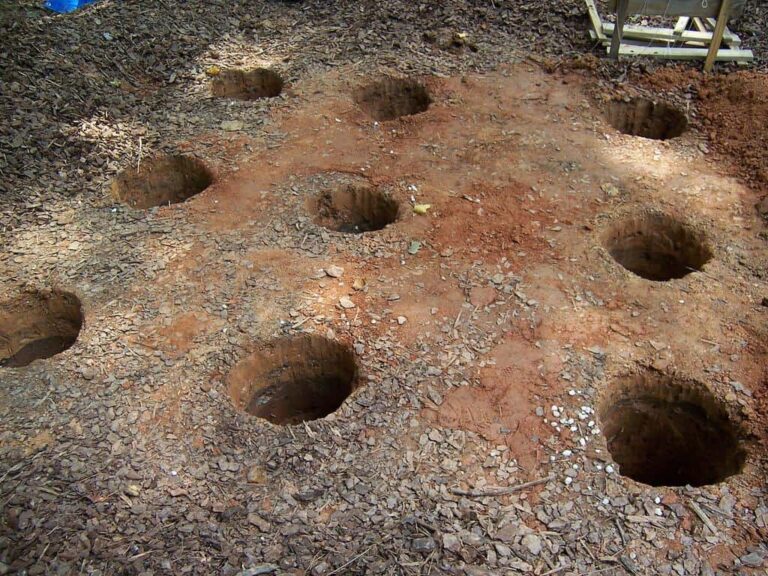How To Grow Artichokes?
With an aspect that resembles a Christmas ball and with a particular taste, artichokes are some of those vegetables one either loves or hates.
I definitely love artichokes and, even if they don’t enjoy a huge popularity, I find them fit for a wide variety of dishes. Artichokes have a bitter-sweet taste and so many benefic properties that I consider them essential veggies in a balanced diet.
When it comes to growing convenience, artichokes are perennials, and you will not have to worry too much about seeding and planting for about six or seven years from the first crop.
If this is your first experience with this veggie, let’s find out more about it and, above all, let’s see how to grow artichokes in the garden.
Artichoke Properties
Less popular but with endless benefic properties for our health, artichokes can be defined as a golden mine of active principles and therapeutic properties. In fact, the Romans initially used the artichokes as medicine.
Artichokes are rich in minerals, such as potassium, magnesium, and calcium, to name just a few, have detoxifying actions on the liver and regulate the metabolic system. They are recommended for the diets of those suffering from diabetes, high cholesterol, high blood pressure and obesity. And these are only some of the many healthy properties of the artichokes.
With so many health benefits, there is no wonder why artichokes are becoming more and more popular all over the world. Let’s have a closer look at the varieties of this wonder-veggie and find out how to grow them.
Artichoke Varieties

Artichokes can basically be divided into two major groups: round and elongated.
Round artichokes, also called globe artichokes, are the ones mainly cultivated in the US. However, since artichoke is actually a European vegetable, in the Mediterranean basin both types are popular.
When it comes to the varieties of the above-mentioned artichokes, both the globe artichokes and the elongated artichokes have a lot of varieties that slightly differ in flavor.
Based on the color, the artichokes can be divided into green or violet artichokes.
The vast majority of all the types of the artichokes have Italian origins, while the other have French, Spain, Turkish and Egyptian origins.
Regardless of their variety, however, all artichokes have similar growth requirements and the same growing periods. So, let’s see how to grow artichokes.
How To Grow Artichokes
Terrain And Climate
Artichokes thrive in a slightly acidic terrain with a pH between 6 and 6,5 and with full sun exposure. They also need a soil that is rich in nutrients, therefore you should fertilize the terrain before seeding this vegetable, ideally with compost.
Another important characteristic of the terrain is the capability of maintaining the humidity while ensuring a proper drainage.
Being a Mediterranean vegetable, artichokes love the warm climates and the sunlight. In temperate climates, the best seeding time is in late spring, as the plants don’t tolerate well temperatures below 32 or above 77°F.
If you live in a cooler or hotter region, you should choose the best seeding period considering the temperatures stated above.
Seeding And Transplantation
To start your artichoke crop you have three options: start with the seeds, start with seedlings bought from a nursery or start with dormant roots. Let’s see each option in detail.
Growing artichokes from seeds
If you decide to start growing your artichokes from seeds you have to choose if you want to start your crop indoors or outdoors.
In the first case, the best time to sow artichokes is in early spring. In this way, the artichokes will have enough time to germinate and develop the seedling that can be transplanted in June.
If you want to sow the artichokes directly in the garden, the best time to do it is in April.
I strongly recommend starting indoors, by sowing the seeds into small pots. Sow 2-3 seeds into each pot and once they germinated, keep one plant per pot. After the seedling is strong enough, usually in late May or early June, you can transplant the seedlings into the garden, leaving a space of at least 45 inches between the plants.
If you decide to sow directly outdoors, dig small holes in the terrain and put one seed in each one. Cover with rich-in-nutrients soil and add compost. You should respect the spacing requirements above.
In both cases, bear in mind that artichoke seedlings need many nutrients, therefore, regardless of where you’re growing them, you should fertilize the soil with organic fertilizer or with compost regularly.
Also, be aware that if you decide to plant directly outdoors, your artichokes will only produce a crop and you will be ready to harvest after at least a year.
Growing artichokes from seedlings
An easier way to grow artichokes, especially if this is your first experience, is to grow them from seedlings. You can buy the seedlings from a nursery and transplant them in your garden as explained above.
Growing artichokes from dormant roots
The vast majority of the nurseries also sell dormant artichoke roots. If you choose this method, respecting the spacing requirements from above, plant the roo-ts leaving the growing buds above the surface of the soil.
Grown in the right soil, your artichokes plants will thrive and you will notice new shoots rising from the ground each year.
Irrigation And Caring

Artichokes love water and the lack of it might cause the plants to go dormant. Useless to say that a dormant plant will not produce any buds, therefore ensuring proper watering is essential.
First of all, the terrain should have the capacity of maintaining the moist. You should check this with a rod. Artichokes need about 2 inches of water per week and you should adjust the quantity based on the climate characteristic present in your area.
Although artichokes enjoy full sunlight throughout the day, remember that it can proof to be counterproductive if you live in a really hot climate. If the temperatures are constantly above 77°F, consider planting your artichokes in partial shade.
Pests And Diseases
Artichokes are subject to a number of pest attacks and diseases. Probably the most aggressive pests are the earwigs, but others can also be attracted by your crop. Here is a list of the most common pests and diseases:
- Armyworms
- Aphids
- Artichoke plum moth
- Slugs and snails
- Curly dwarf disease
- Botrytis disease
To keep pests away, you could use food-grade diatomaceous earth. A proper care will prevent the diseases.
Harvesting And Storage
Artichokes are usually ready to harvest after about 100 days from transplantation, typically in mid or late autumn. A thing to bear in mind is that most artichokes will not bloom, thus will not develop any buds, in the first year, so expect to harvest your first crop in the following autumn.
To maintain the plants, as soon as you notice that the leaves and the stalk are drying out, cut them to the height of the ground and add fresh compost to the root. In spring, as soon as the weather will be warm enough, your artichokes will develop new sprouts and will eventually bloom and make buds.
At the end of the second season, your perennial artichokes will probably have a yield of 6 to 12 buds per plant. You should harvest the buds as soon as they have the size of a small apple. If you wait too long, the blossom will eventually develop into a purple flower.
If you want to store the artichokes, harvest the buds together with a few inches of the stem, cutting them with garden shears. Don’t wash the buds until before consumption and store them in the fridge in the vegetable compartment.
Fresh artichokes have a really short shelf life, and you will only be able to store them in optimal conditions for a week or less. For this reason, it would be ideal to only grow as many artichoke plants as necessary.
For longer storage, you can either freeze them or can them.
If you choose to freeze artichokes, you must first clean them, cutting off all the hard parts of the buds and preserving only the artichoke hearts. Boil them in water until fully cooked, chill them, then sprinkle lemon juice on the artichokes to prevent darkening.
Put the artichokes in freezer bags or containers and freeze them for up to one year.
To can the artichokes, there are many recipes to choose from and you can choose to either preserve them in oil or to pickle them.
Regardless of your choice, canned artichokes preserve their distinctive taste and can be cooked in many ways.
Final Thoughts
As you can see, growing artichokes is not really hard and the long waiting will be well worth it. Have you ever grown artichokes? Do you have any questions or tips to share with us? Leave a comment below and tell us your thoughts.
And don’t forget, use a generous amount of compost and water if you want to grow strong healthy plants!




